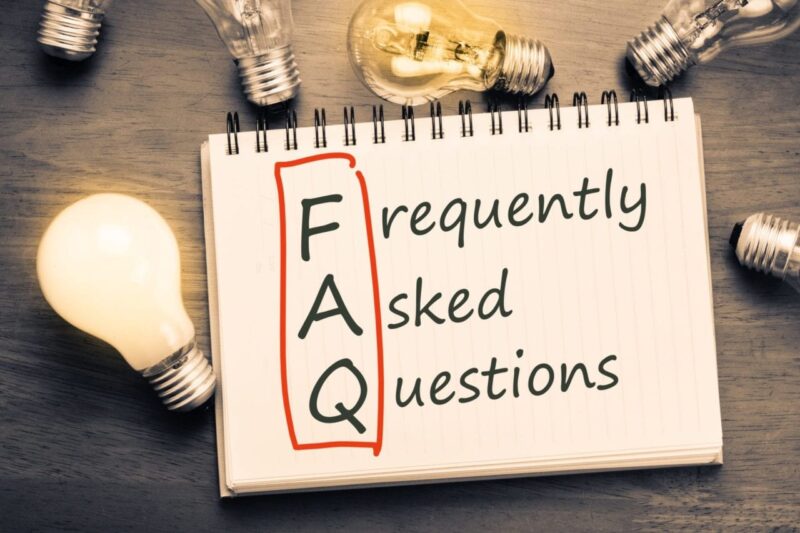Pensions Minister Steve Webb has now introduced a White Paper setting out the proposed changes, which will come in from 2017 “at the earliest.” Inevitably with any change like this there will be winners and losers. Before we consider those here are the main points of the Government’s proposals:
- From 2017 (or later) the current system of a basic pension of £107 per week plus various means-tested top-ups will be replaced by a flat-rate pension of £144 per week (in today’s money)
- The Government believes this will be fairer to working mothers and to the self-employed
- The Government’s figures suggest that at least half of all working people reaching state pension age before 2050 are likely to have a better outcome under the new system, by at least £2 per week
- However, they acknowledge that by 2060 more than half of those retiring will be worse off, as they won’t have had chance to build up a state second pension
By introducing these changes the Government has probably achieved its twin aims of simplification and keeping the spiraling cost of the state pension in check. In particular Steve Webb was at pains to stress that with the state pension being much simpler, people will have a clearer idea of how much they’ll need to save themselves to provide the income they need in retirement.
Clearly the moves will benefit the self-employed and working mothers – and by and large the White Paper was welcomed by the pensions industry.
However there are also going to be losers, and many commentators were quick to highlight those in the public sector. Currently up to 7m public sector workers pay lower NI contributions in return for not getting more than the basic state pension of £107 per week. They will now need to increase their level of NI contributions – as will their employers, who have also benefited from lower contributions. The employers will need to find this money from somewhere and the finances of the public sector might be squeezed yet further.
Some higher earners – who would have qualified for a bigger pension thanks to higher NI contributions – will also miss out under the proposed changes.
These changes are due to be introduced in 2017 at the earliest and there will be a General Election before then. But, irrespective of the outcome there will be changes to the State Pension with both of the main parties acknowledging that the current system is unwieldy and potentially far more expensive then the country can afford.
The message is increasingly being driven home that the Government will provide a basic safety net in your retirement, but anything more is going to be up to you. Proper pension planning is becoming more and more important.
The first step is to find out exactly where you are now – with both your state pension and any company or occupational schemes you might have. We can help you do that and we’ll also be happy to prepare a comprehensive plan for your pension, setting out the current position with your pension – and what needs to happen for you to have exactly the retirement you want.



